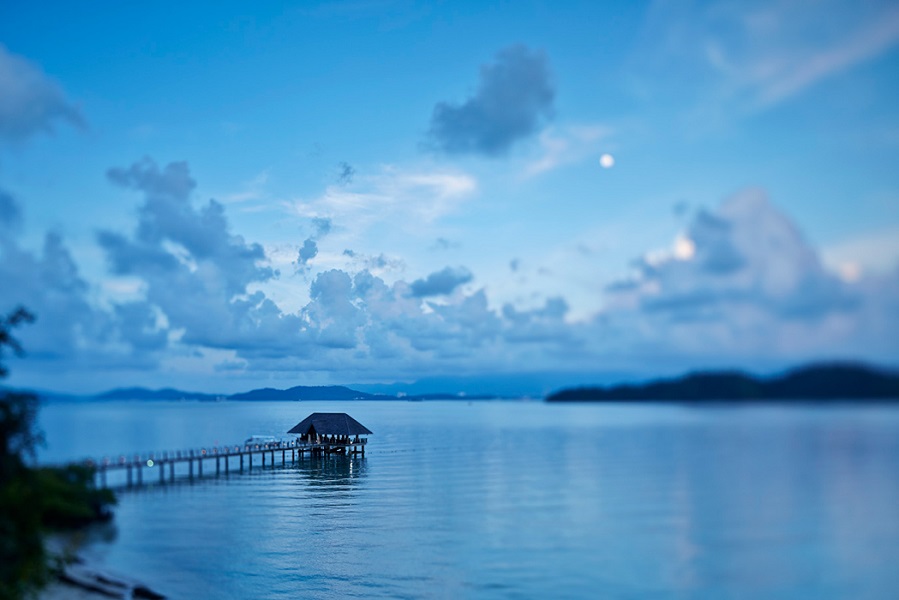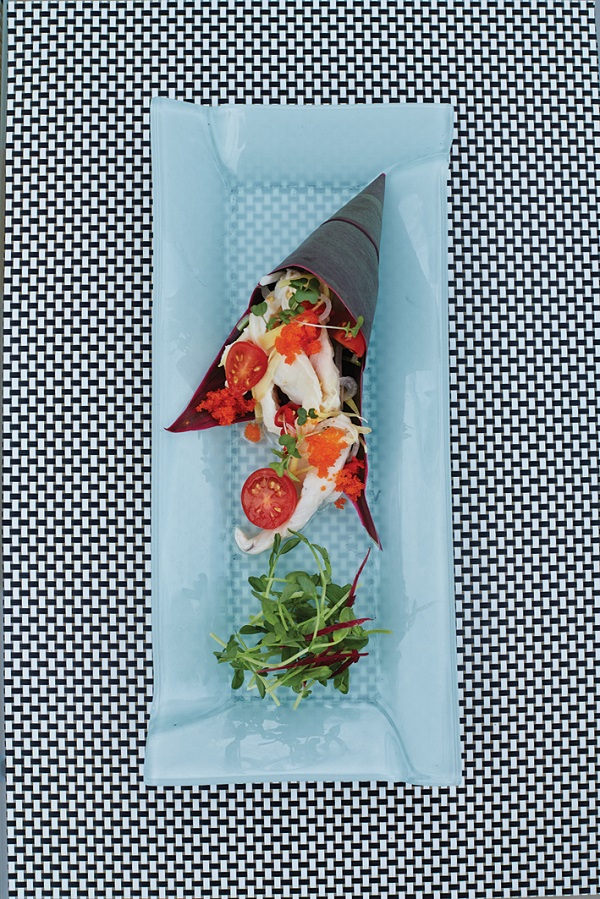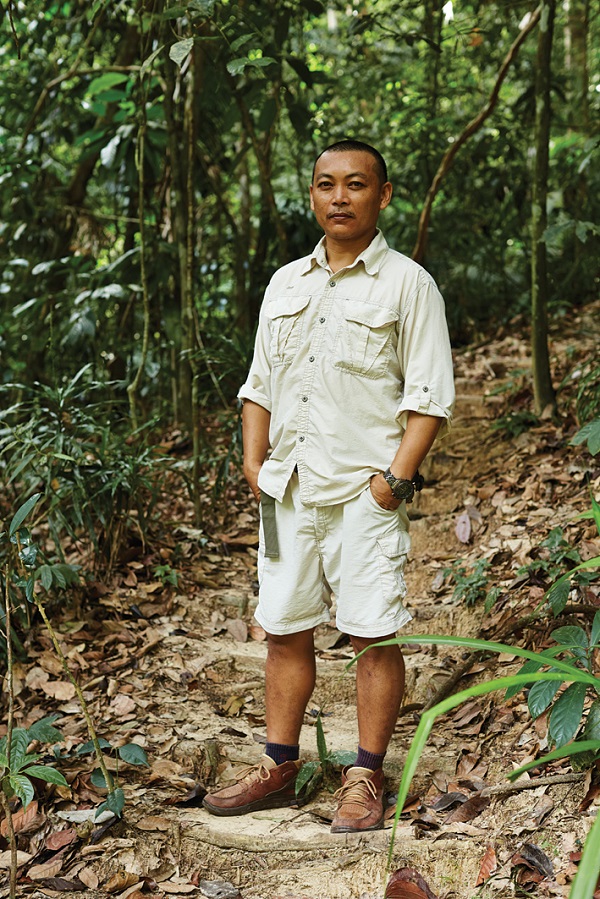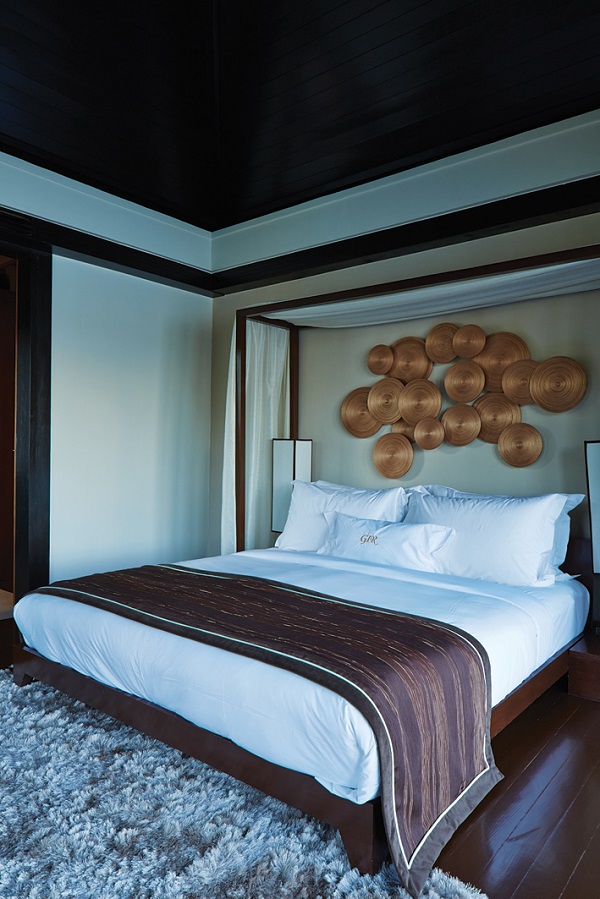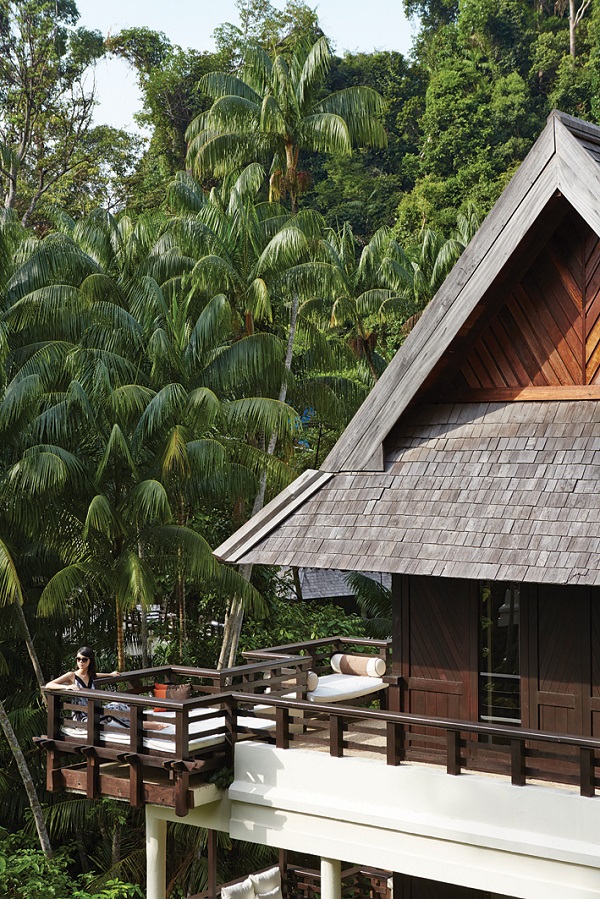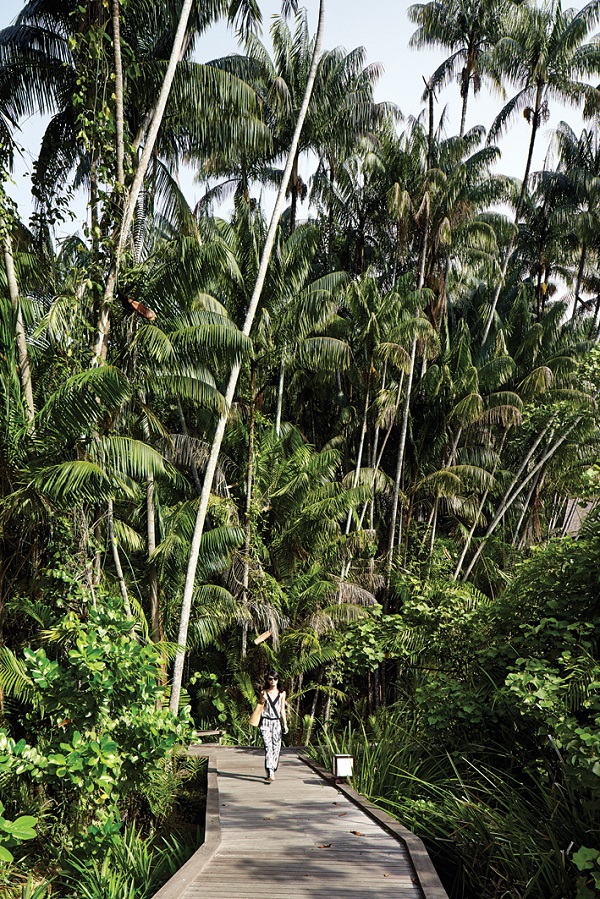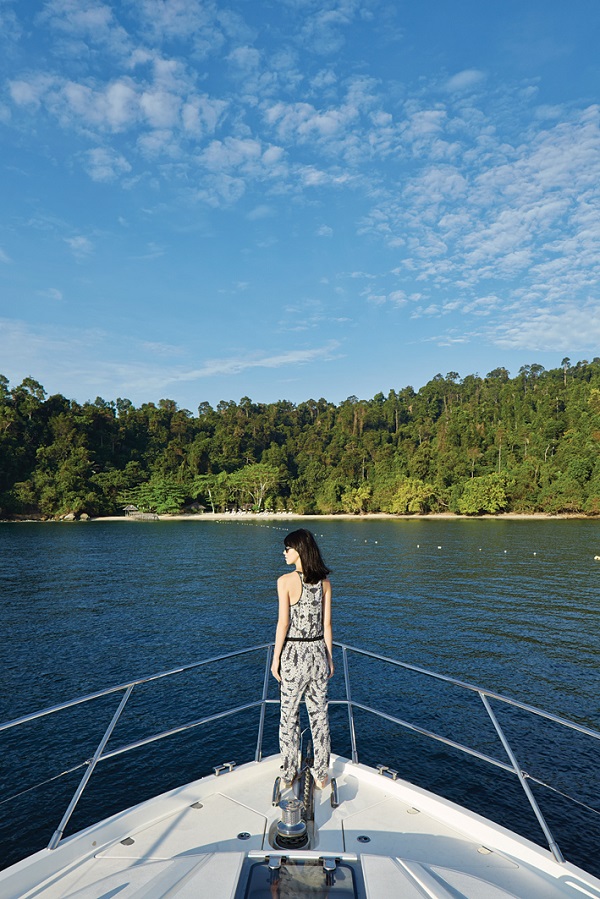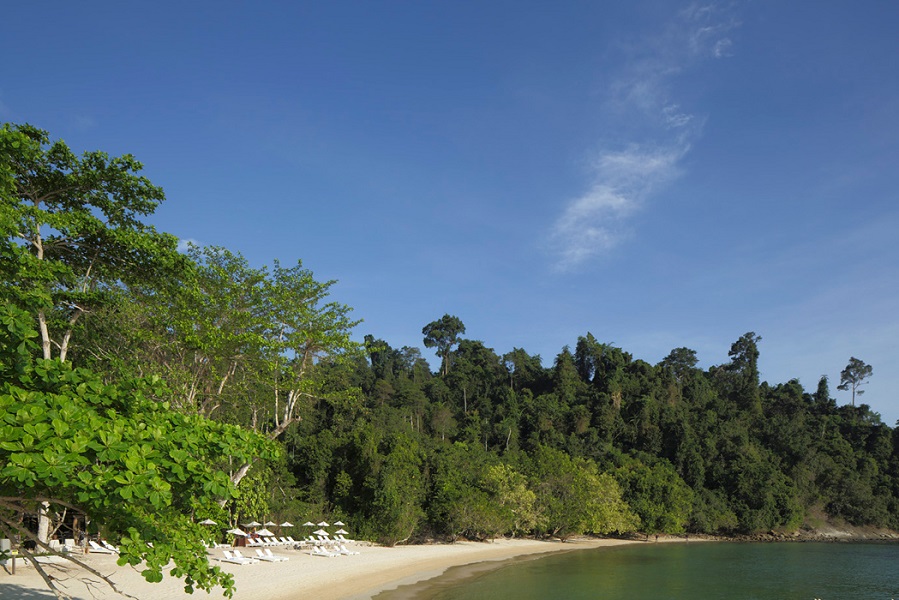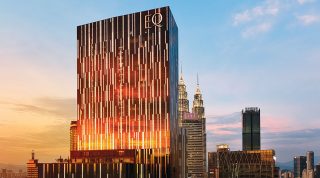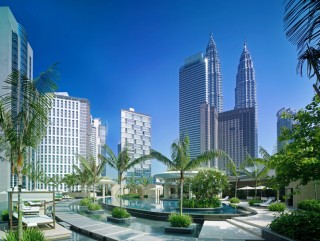In April of last year, 134 scuba divers from all over the world staged a clean up of TARP, logging 168 consecutive hours of underwater housekeeping (and earning themselves a Guinness World Records entry in the process). Their haul: more than 3,000 kilograms of rubbish, including 1,560 kilos of plastic and 357 kilos of rubber and cloth. Afterward, the state minister for tourism, culture, and the environment, Masidi Manjun, remarked, “I am still sad to hear that our visitors too feel that we could have done more on our part to help keep our sea clean.”
According to British biologist Hazel Oakley of the Tropical Research and Conservation Centre, an organization that has implemented marine conservation projects in Malaysian Borneo since 1999, “TARP is a marine park because of its location, not because it’s an especially great marine environment. It’s right there in front of the city; you can get tourists out on the water without any effort. But there are flipsides to this. Having every tourist from Kota Kinabalu lie on the beaches there leads to sunscreen pollution and shorelines that get trashed.”
Oakley is frank about the challenges facing the park. “The islands act as a barrier for KK from bad weather, so there’s not a lot of water movement inside the bay,” she told me, explaining that runoff from the mainland is high in clay content, which clouds the water and reduces the ability of coral to photosynthesize. “But you don’t have to go far for visibility to improve. TARP’s almost like two parks: some parts exhibit great Malaysian marine diversity, but some parts—those closer to the city—are dead.”
I asked her about illegal fishing. “It happens. Policing is handled by the Malaysian Maritime Enforcement Agency, but they have a big remit, everything from stopping smugglers to catching turtle hunters. So it’s left to Sabah Parks, but Sabah Parks doesn’t have the resources to really help. The good thing about resorts like Gaya Island and the local dive operators is that they put eyes on the water. Watching is a huge deterrent.”
She added, “That said, it’s difficult to tell someone he can’t bomb fish if that’s what he needs to do to feed his family. Arrest him, and his oldest son drops out of school to take his place. Economic alternatives are the only way forward, and the resorts on Pulau Gaya are part of that solution as well.”
On the way to breakfast on my last day at Gaya Island Resort, I spotted a bronzeback snake, thin as a pencil and as long as a strand of spaghetti, warming up in the morning sun. I thought about picking it up—I’ve always had a fascination with snakes, and I knew that this one wasn’t poisonous. Then I recalled the wild boar and also something Juhun had said over dinner the previous night: “It was lucky a monitor lizard didn’t bite your toe, or it would be gone.” I walked past the serpent, adjusting my attitude, learning my lesson. Nature should be respected, valued, and protected, but ultimately it should be left alone.
THE DETAILS
Home to Malaysia’s second-busiest airport, Kota Kinabalu is readily accessible from several major cities in the region, including Hong Kong via Dragon Air, Singapore via Silk Air, and Kuala Lumpur via Malaysian Airlines. Gaya Island Resort (65/6836-2455; doubles from US$400) provides guests with private transfers from the airport to Sutera Harbour Marina for the onward speedboat ride to Gaya Island.
This article originally appeared in the June/July 2014 print issue of DestinAsian magazine (“Naturally Gifted”).

